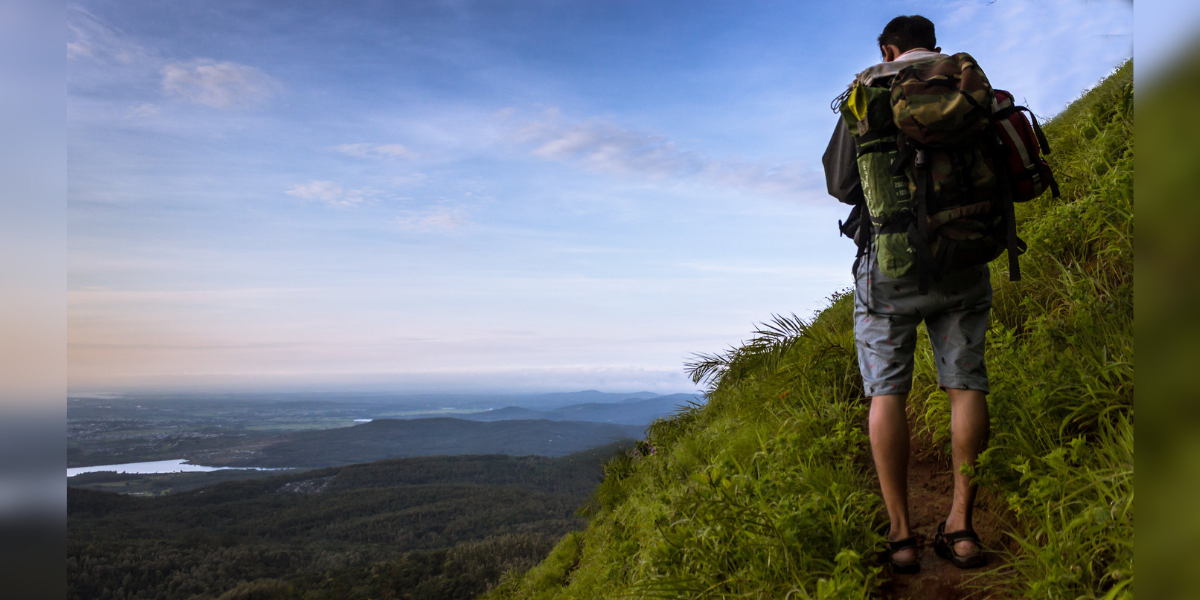With winter setting in and trekking trips on the rise, this orthopaedician shares essential tips with trekkers to avoid any health risks.

Challenge yourself in the best way possible with an adventurous trek. (Flickr/Kartik Kumar)
With winter setting in across the country, several youngsters are planning their trekking trips. From the snow-draped peaks of the Himalayas to the lush green trails of the Western Ghats, winter beckons a wave of enthusiastic young trekkers seeking adventure and an escape from bustling city life.
However, experts in outdoor activities and health professionals are raising awareness about the importance of proper preparation and caution to avoid injuries.
But why? It’s because this surge in trekking activities during the colder months comes with its own set of challenges and risks.
This adventurous activity is not without its risks, particularly for those who may underestimate the challenges of uneven terrain and long-distance walking.
Here are some key guidelines for safe trekking by Dr Deepak Sampath, Senior Consultant Orthopaedic, Joint Replacement, and Sports Medicine, Hosmat Hospital, Bengaluru, who is seeing several patients come in with health complications post trekking.
The foundation of a good trekking experience starts with the right equipment, especially footwear. Sturdy shoes with adequate ankle support and good grip are essential. They not only provide comfort but also reduce the risk of slips and falls.
Trekking in colder regions requires special preparation. Warming up and wearing appropriate warm sporting gear is crucial to prevent muscle strains and hypothermia.
Many injuries occur due to one’s haste to reach the summit. It’s important to enjoy the journey at a comfortable pace rather than racing to the top. Rushing increases the risk of accidents and muscle injuries, especially on the descent.
Uneven and rocky terrain is a common feature of trekking trails. It’s vital to be constantly vigilant and place your feet carefully, avoiding loose rocks to prevent trips and falls.
Ignoring discomfort or pain, especially in joints, can transform a minor issue into a severe injury. If you feel any uneasiness, it’s better to rest or turn back. Continuing despite pain can lead to situations where the pain intensifies, making it difficult to return.
Dr Deepak Sampath says, “Remember, trekking is not a competition but an experience to be savoured. The journey through nature should be a source of joy and relaxation, not a race to the finish. By following these guidelines, young adventurers can ensure their trekking experience is both enjoyable and safe.”

May 20, 2024

May 20, 2024

May 20, 2024

May 19, 2024

May 18, 2024

May 17, 2024